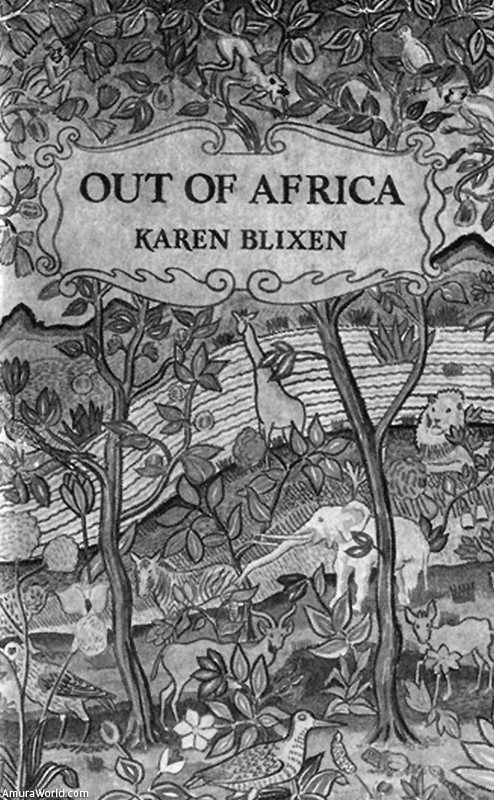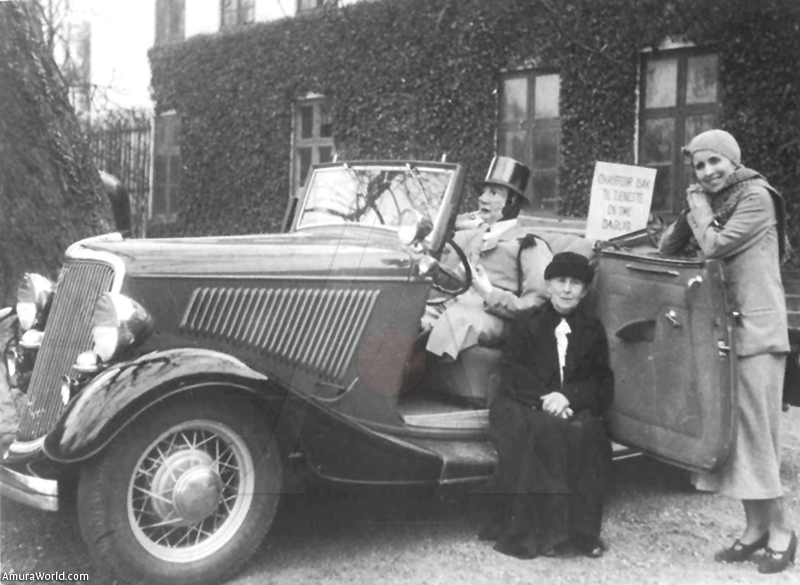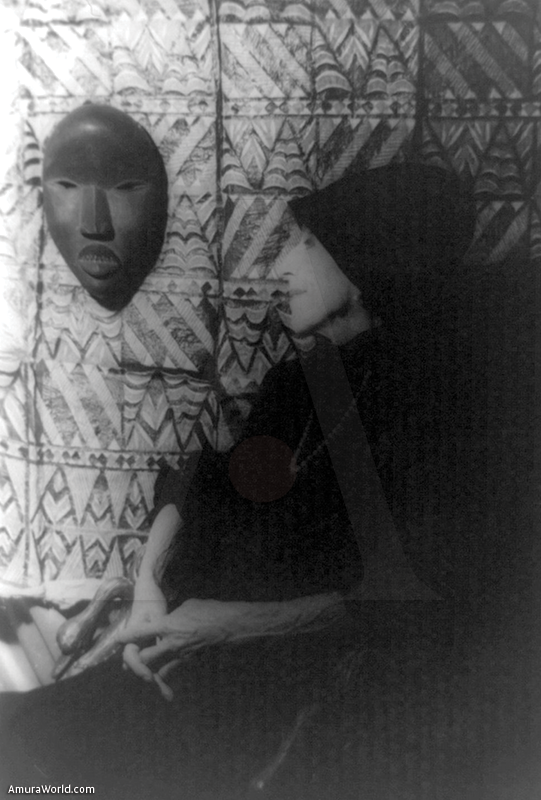“ I had a farm in Africa, at the foot of the Ngong Hills...”
Let’s allow time and the wonders this world has to offer transport us over the Nairobi mountains, passing the Masai Mara, and the Rift. May the wind put us down in faraway lands and allows us to breath a different air. We find a morning colored by the sun, and the mist fills the soul with promise. If we stay still and enjoy Kenya in all its splendor, it will be kind with us and show us everything it has to offer. When she spoke like rain, time didn’t pass in her house at Nairobi. There, in that simple and wonderful house, she found the woman she wanted to be. Learnt to love, and be loved, let her imagination fly, and fill her readers with mythological creatures, under unheard circumstances, she created scenarios in her mind that very few of us would dare to imagine, making Africa her own, so Africa would return the favor, making it hers. A transcendental woman, unique and brave.
Faithful to those who loved her, and honest with herself. Pioneer in her work field, and storyteller extraordinaire. Karen Christenze Dinesen is a woman truly advanced for her era. Loyal to her feelings and passions, she caused controversy with her sentimental life in the decade of the 30’s and revolutionized european literature in the 60’s with her profession.Generating the acknowledgement of the American Book Club in 1935, with her short novels Seven Gothic Tales, catapulting her to the North american radar, and collecting assiduous and enthusiastic fans of the author. Born in Denmark the 17th of April of 1885, she was a member of the first european colonial groups that lived in Africa, continent she captured in her masterpiece Out of Africa.
The greatest lesson of this writer, of whom so many generations have become devotee, is that any type of suffering may be endured as long as a story is written. Proof of this was her eleven year marriage to Baron Bror von Blixen- Finecke, to whom she married in convenience through mutual agreement, her destiny was settled; starting a personal journey that takes her to Kenya, at the foot of the Ngong Hills.
She established “The Karen Coffee Company” , with it, the immersion to a radically different culture began. Locals called her “Sister Lioness” , attributed to her amenity amongst the villagers, her extraordinary aim, courage and huntsmen ability. She was compassionate and interested in the Kikuyu affairs, ethnia with whom she shared her land and took responsibility of at the eyes of the English government, which at the moment was majority in Kenia, country she loved until the last days of her life. Out of Africa helped her get her pseudonym out of the dark; Isak Dinesen. Getting into an elegant and subtle prose, in the supernatural field, a constant in her pieces, such as “Babette’s Feast” .
Gaining the respect of her fellow writers, Karen, was a delight in conversation. Like her books, she was creative and imaginative for common talk. Truman Capote describes her as “ An authentic flirt, a flirt by conversation” .
Ernest Hemingway said the nobel prize for literature, which he won in 1954 , was deserved by Isak Dinesen. Characters, like Julio Cortázar, Gabriel García Márquez and Carlos Fuentes were passionate readers of her stories. However, the love of her life was George Denys Finch Hatton, whom she met a night of April 1918 at the Muthaiga country club. Finch Hatton was an extremely agreeable person and an expert huntsman, later in his life he ventured into professional hunting, amongst his clientele was the Prince of Wales. Karen and Denys had a relation of 5 years, until the 14th of May 1931, when he tragically crashed his airplane, Gypsy Moth, which took off from the airport at Voi, Kenya.
“If I know a song of Africa, of the giraffe and the African new moon lying on her back, of the plows in the fields and the sweaty faces of the coffee pickers, does Africa know a song of me? Will the air over the plain quiver with a color that I have had on, or the children invent a game in which my name is, or the full moon throw a shadow over the gravel of the drive that was like me, or will the eagles of the Ngong Hills look out for me?”.
Fifty years after her death and with the recent edition of her correspondence brought by Nórdica Books, dated since 1931. until 1962, year of her passing. The strong yet delicate personality of the writer is outlined with these brush strokes of her biography.
Text: María Grajales ± Photo: IMGOBJECT / LA FBG / navarra / dfg / nds / SDF/ CRHONICLES / tung









